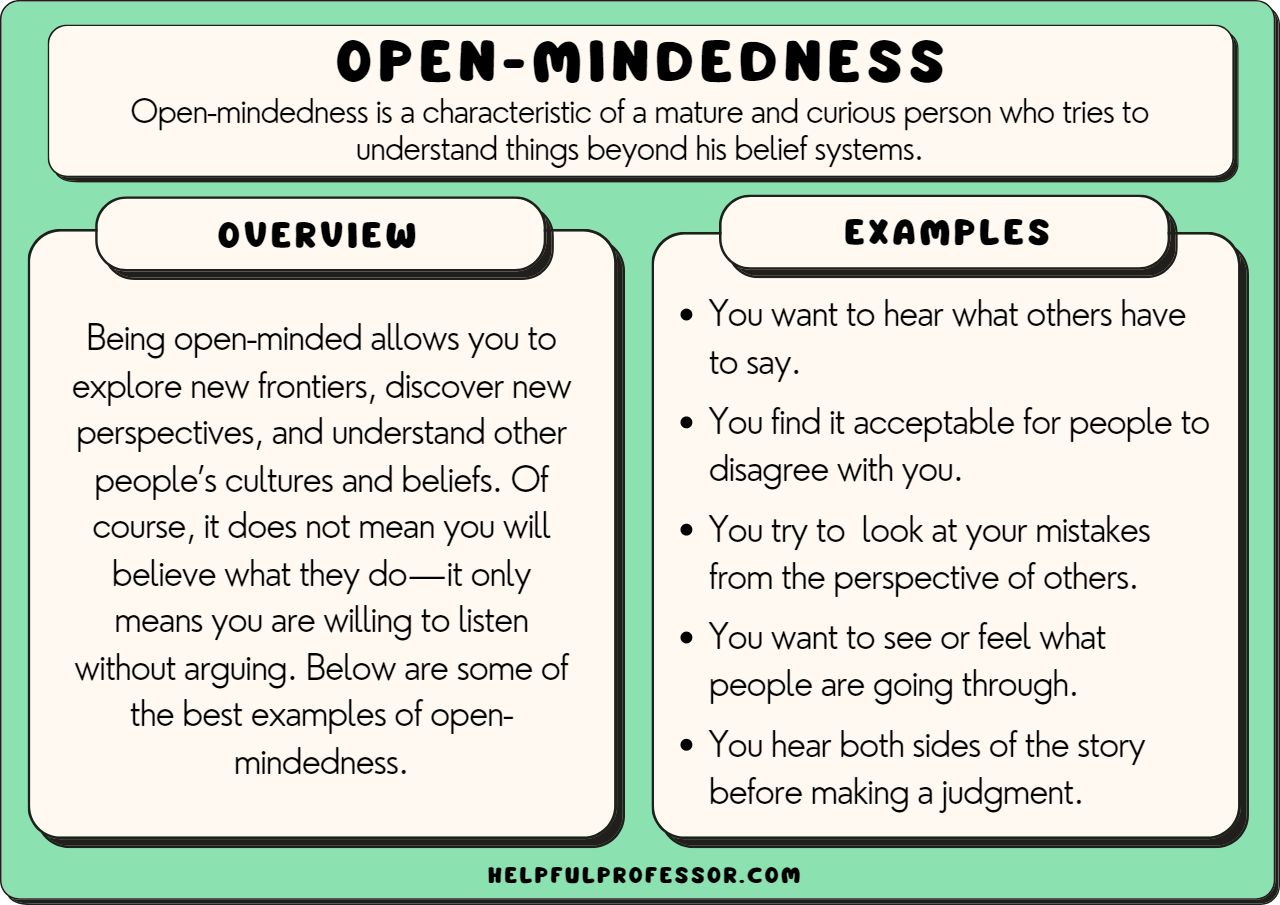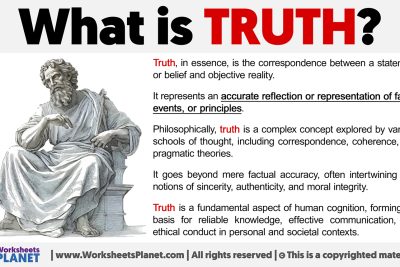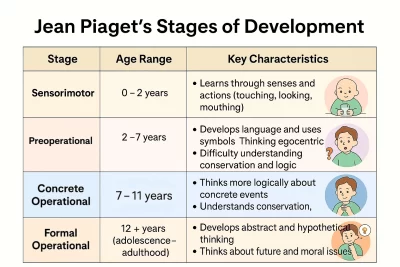
Open but Clear: Understanding the Definition and Meaning

The phrase "open but clear" encompasses a vital principle in communication, emphasizing the importance of being transparent while maintaining clarity. In a world where misunderstandings can lead to conflicts, the ability to express thoughts openly but with clarity becomes essential for effective communication. This article will explore the significance of this phrase, its meaning, and its applications in daily life.
Understanding "open but clear" is not just about conveying a message; it's about creating an environment where ideas can flow freely while ensuring that the message is comprehensible and unambiguous. As we delve into the intricacies of this phrase, we will uncover its definition, context, and practical applications, while highlighting the essential keywords throughout.
Understanding the Phrase: Definition
The phrase "open but clear" suggests a mode of communication where individuals are encouraged to express their thoughts and feelings freely (open) while ensuring that their messages are understood (clear). To be open but clear means engaging with others in a manner that fosters transparency, honesty, and directness without sacrificing the likelihood of misunderstanding.
This concept is especially important in settings where decisions need to be made, as ambiguity can lead to confusion and conflict. When one is open but clear, they provide all relevant information while articulating their thoughts in a way that minimizes the potential for misinterpretation.
The Importance of Clarity in Communication
Clarity in communication is crucial because it reduces the chances of misunderstandings. When individuals engage in conversations without clarity, they risk creating a tangled web of assumptions and misconceptions. To communicate open but clear is to actively work against these pitfalls. It involves being straightforward and precise, ensuring that the recipient fully grasps the intended message.
In various settings—be it personal, academic, or professional—the ability to communicate open but clear fosters stronger relationships and builds trust. People are more likely to engage in dialogues when they feel their thoughts will be received without judgment and interpreted accurately. This trust, in turn, encourages a culture of openness, where ideas can be shared freely.
Building Trust Through Openness
Trust is a cornerstone of any effective communication model. When individuals practice being open but clear, they demonstrate integrity and respect towards others. This constructive approach minimizes defensiveness and facilitates healthier conversations, allowing for a smoother exchange of ideas. By being transparent about one’s intents and thoughts, misunderstandings are less likely to arise.
Common Usage and Examples
The phrase "open but clear" finds its way into various facets of life, from personal relationships to corporate strategies. For instance, an employer might say, "I aim to provide feedback that is open but clear, so you know exactly where you stand." This illustrates the balance between being accessible and honest while ensuring that feedback is precise and actionable.
- Open but clear communication is essential during negotiations, where parties need to express their needs while also understanding the other's position.
- In educational settings, teachers use open but clear language to explain difficult concepts, making complex information more digestible for students.
- In interpersonal relationships, being open but clear helps partners share their feelings without creating confusion or conflict.
The Role of Context in Interpretation
The interpretation of any message is significantly influenced by its context. The phrase open but clear encapsulates the idea that without proper context, clarity may be lost. For example, a message delivered in a casual tone may be interpreted differently than the same message delivered in a formal setting.
Additionally, cultural background plays a role in how messages are perceived. What may seem open but clear in one culture could be interpreted as vague or even inappropriate in another. It’s essential to consider the audience and environment when striving for clarity because effective communication should always take context into account.
Understanding Contextual Nuances
Being aware of context-related nuances means tailoring your message to suit the audience better. For example, in professional emails, being open but clear might involve structuring your language to be straightforward and concise, while still warm. In contrast, personal communication with friends may allow for more casual expressions, while ensuring the underlying message remains distinct and readily understood.
Several terms and phrases relate to the concept of open but clear communication, each carrying subtle distinctions in meaning. Understanding these terms can enhance one’s communication skills further.
- Direct communication: This refers to getting straight to the point without beating around the bush. While it shares traits with being open but clear, it doesn’t always emphasize understanding.
- Transparent communication: Similar to open but clear, it suggests honesty and forthrightness but may lack the nuance of clarity.
- Candid communication: This emphasizes honesty and straightforwardness, often used in scenarios that require revealing difficult truths.
Practical Applications in Everyday Life
Applying the idea of open but clear communication can significantly improve interactions in several aspects of life. Whether in a professional environment, at home, or in social settings, practicing this form of communication allows for more meaningful and effective dialogues.
Enhancing Professional Relationships
In the workplace, leaders who communicate open but clear cultivate an atmosphere conducive to collaboration and innovation. Employees feel valued when they receive feedback in a format that is direct and respectful. This approach not only enhances engagement but also encourages creativity, as team members upload their ideas without fear of misinterpretation.
Strengthening Personal Relationships
In personal relationships, embracing the open but clear approach can resolve conflicts and deepen connections. Partners who share their feelings candidly, while articulating their thoughts to avoid misunderstanding, are more likely to work through issues effectively. Family members also benefit from applying this principle, leading to more harmonious interactions.
Conclusion: Embracing Openness and Clarity
Ultimately, the phrase open but clear serves as a guiding principle for effective communication across all areas of life. By being transparent while ensuring that messages are understood, individuals create fertile ground for fruitful interactions, strong relationships, and effective teamwork. As challenges arise in various communication scenarios, adopting this approach leads to better outcomes and a more inclusive environment, where ideas can thrive.
As we navigate through the intricacies of human interaction, let us remember the importance of being open but clear, fostering an atmosphere of trust and understanding that elevates communication to new heights.
Did you find this article helpful? Open but Clear: Understanding the Definition and Meaning See more here Education.
Leave a Reply






Related posts